

Gautam Sharma
2025 Porsche 911 GT3 review
7 Months Ago

News Editor
The Chevrolet Corvette ZR1 is not only the most powerful version of General Motors’ flagship sports car, it also packs the most powerful production V8 ever from an American carmaker.
The new ZR1 coupe and convertible pack a twin-turbocharged5.5-litre double overhead cam flat-plane crank V8 engine called the LT7, which GM says is based on the LT6 in the Corvette Z06 – itself the most powerful naturally aspirated production V8 engine ever.
Chevrolet engineers have installed twin turbochargers, a first for a factory Corvette, bumping outputs up to 783kW (1064 hp) of power at 7000rpm and 1123Nm of torque at 6000rpm.
That’s 318kW and 528Nm more than in the Z06, giving it a top speed of more than 346km/h and a theoretical sub-10-second quarter mile time.
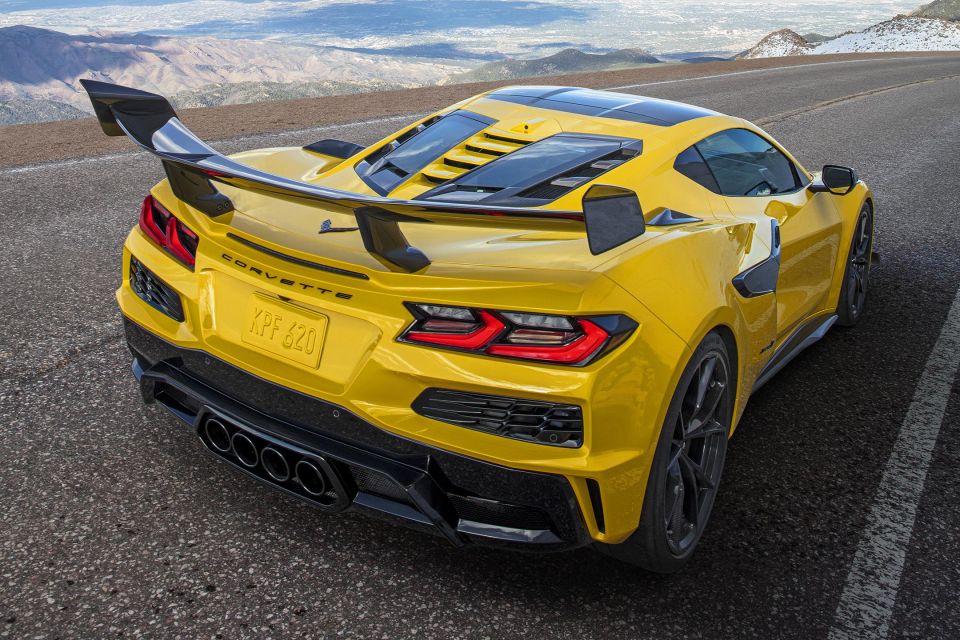
Chevrolet hasn’t published a 0-100km/h time, but based on these numbers this should be a sub-3-second car.
The ZR1 will enter production in 2025, though Australia isn’t in line to receive it.
“The Corvette ZR1 is not currently planned to join the line-up in Australia and New Zealand, but we will monitor demand and assess further over time,” said a spokesperson for GM Specialty Vehicles.
Chevrolet didn’t just tack on a pair of turbochargers however, with the company touting a raft of modifications to the V8 engine.
The hand-assembled engine has a larger combustion chamber, a new intake system and head castings with unique ports, and a secondary port fuel injection system, among other enhancements.

The eight-speed dual-clutch automatic transmission has received inner and outer input shaft upgrades, increased control valves, and final drive refinements to handle the significant increase in power.
For the first time in 60 years, a production Corvette has a split rear window.
The ZR1 looks quite a bit different from a C2 Corvette, however, and not just because the engine is behind the rear windscreen instead of ahead of the front one.
There’s a carbon-fibre “spine” between the two rear windows, available either in body colour or exposed weave, which is aimed to increase heat extraction from the engine compartment.
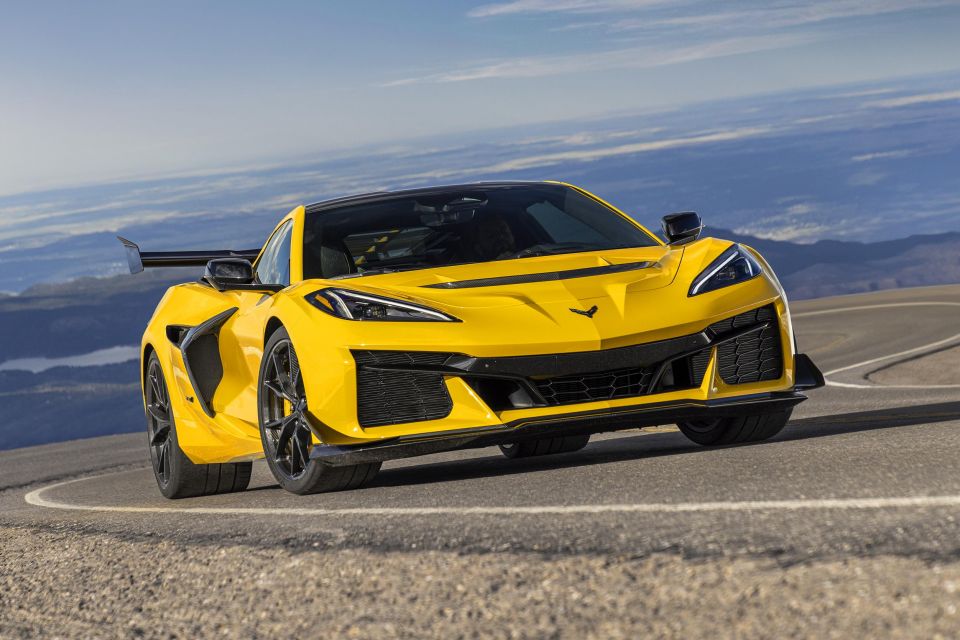
There are numerous other changes that also improve performance and enhance the Corvette’s aesthetics, including additional air ducts, a carbon-fibre roof, and available carbon-fibre wheels.
The optional ZTK performance package adds a larger rear wing, front dive planes, and a tall Gurney flap – all made from carbon fibre.
Underneath, underbody strakes replace the standard front underwing stall Gurney to increase front downforce.
The carbon-fibre aero package creates over 544kg of downforce at top speed.
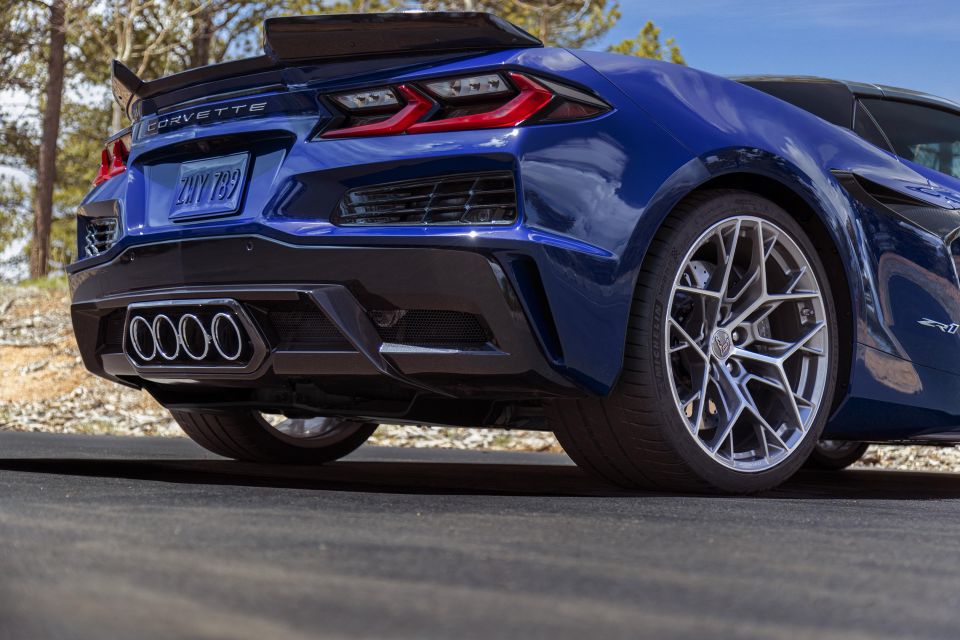
ZTK-equipped models also get stiffer springs and stickier Michelin Pilot Sport Cup 2 R tyres.
The standard ZR1, in contrast, rides on Michelin Pilot Sport 4S tyres, with unique 20-inch wheels up front and 21-inch wheels at the rear.
Behind these sit a new brake system with carbon ceramic rotors. These measure 400mm in diameter up front and 390mm at the rear, with the front ones being the largest ever equipped in a Corvette.
The ZR1 features GM’s Magnetic Selective Ride Control 4.0 system with magnetorheological dampers.
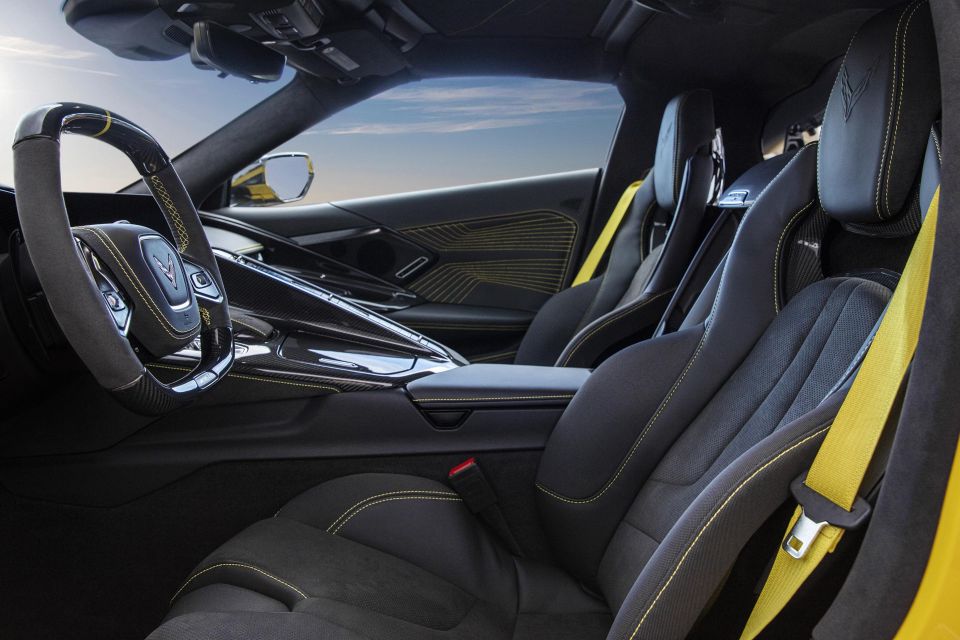
All up, dry weight is 1665kg in coupe guise and 1705kg as a convertible.
Inside, there’s unique badging found on an interior plaque, the sill plates, and the steering wheel.
Naturally, there’s also a boost gauge.
A new Habanero interior colourway is available, as well as a Blue Stitch option.

The ZR1 will once again be top of the Corvette tree… at least for now.
A report from GM Authority in 2020, which accurately predicted all the members of the C8 Corvette range revealed to date, said there will be a new flagship called the Zora.
Named for the man considered the father of the Corvette, Zora Arkus-Duntov, this flagship will reportedly also use a twin-turbo 5.5-litre V8, but mated with all-wheel drive and a hybrid system like the Corvette E-Ray.
Where expert car reviews meet expert car buying – CarExpert gives you trusted advice, personalised service and real savings on your next new car.
William Stopford is an automotive journalist based in Brisbane, Australia. William is a Business/Journalism graduate from the Queensland University of Technology who loves to travel, briefly lived in the US, and has a particular interest in the American car industry.


Gautam Sharma
7 Months Ago
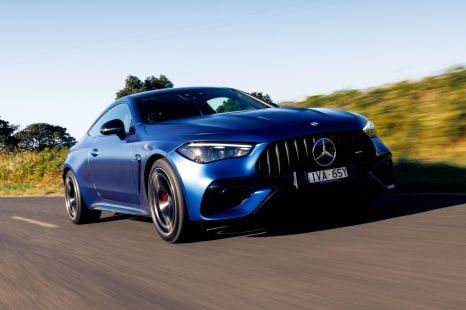

Josh Nevett
6 Months Ago
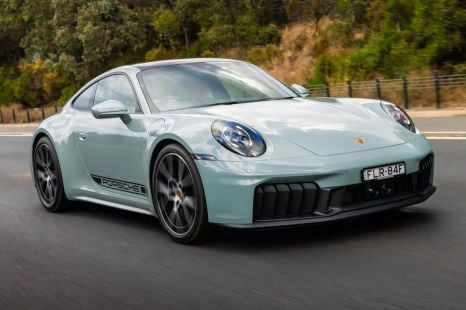

Alborz Fallah
5 Months Ago


William Stopford
2 Months Ago


James Wong
24 Days Ago
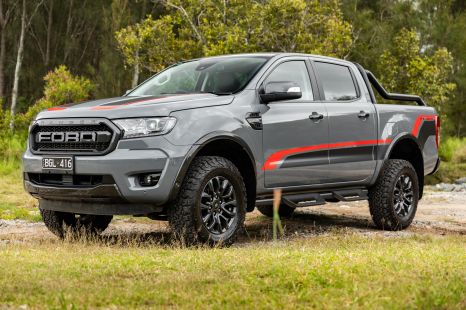

William Stopford
23 Days Ago